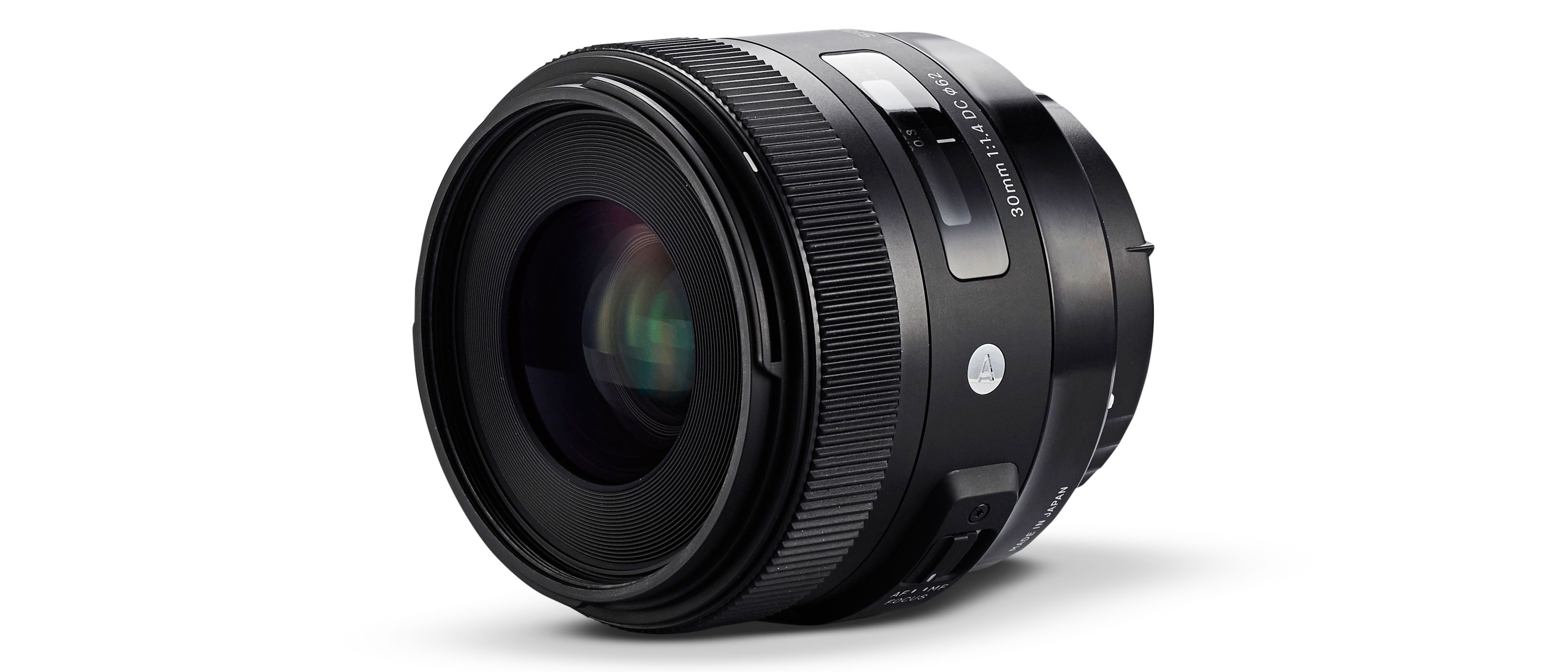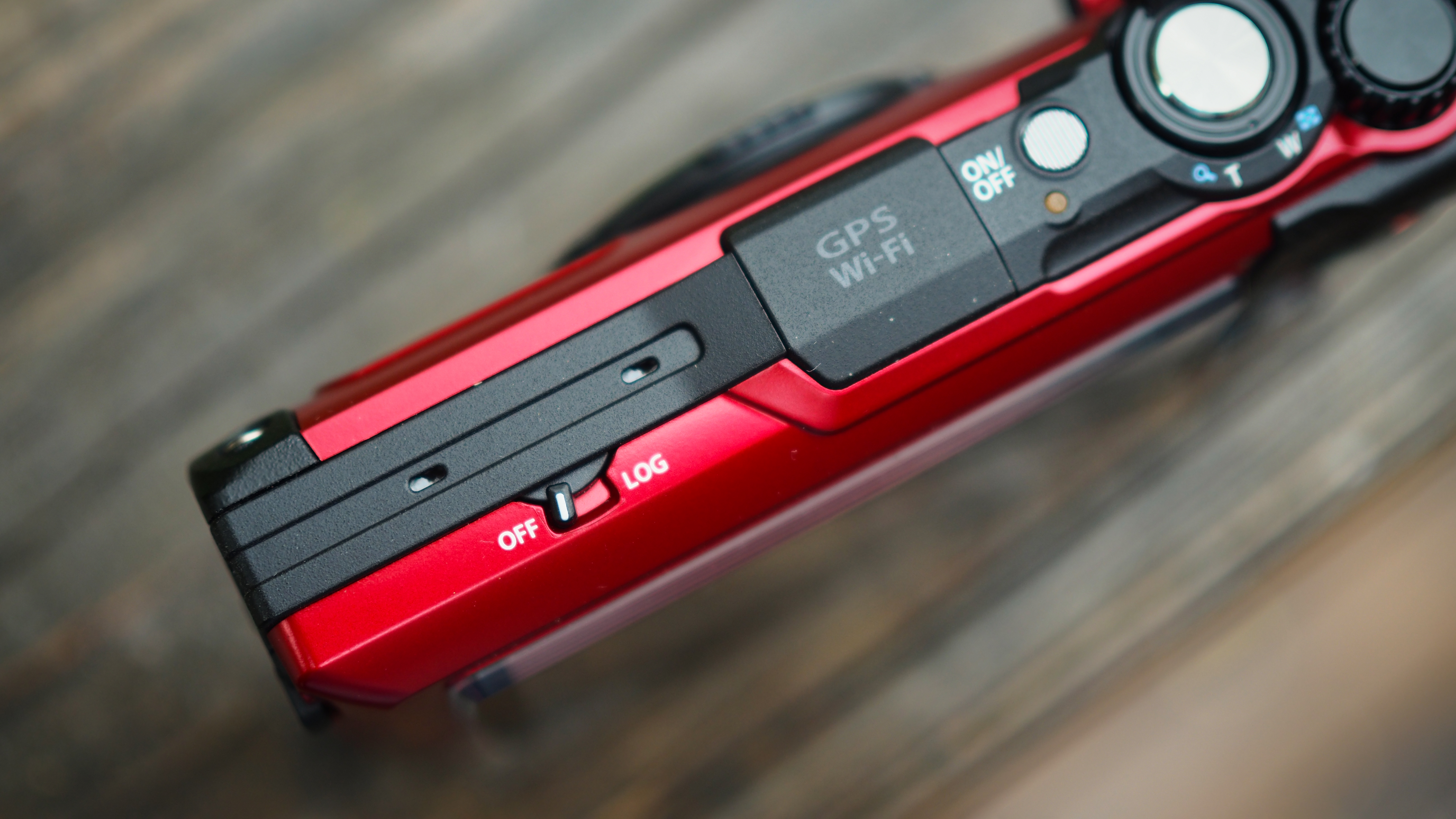Digital Camera World Verdict
A great APS-C lens, especially for its price, the Sigma 30mm f/1.4 DC HSM | A is a well-constructed lens, though lacking in weather seals. Image quality isn’t quite as sharp as comparable lenses from other manufacturers, but the lens performs well enough that you won’t be disappointed in the images you create. With soft, pleasing bokeh in the defocused image areas, the lens reliably produces striking and great-looking images, and represents a solid investment for any APS-C user.
Pros
- +
Great value
- +
Produces beautiful bokeh
- +
Small and lightweight
Cons
- -
No weather seals
Why you can trust Digital Camera World
The Sigma 30mm f/1.4 DC HSM | A is part of Sigma’s premium Art range, and is specifically designed for APS-C format cameras, rather than full-frame models with larger sensors. The net result of this is that it’s small and lightweight compared with many rival f/1.4 lenses designed for full-frame. It’s almost exactly the same physical size as the Canon 35mm f/2 lens, but 100g heavier. Build quality feels substantial, like a scaled down Sigma 50mm f/1.4 Art lens.
Like this larger Sigma sibling, the Sigma 30mm f/1.4 DC HSM | A has a ring-type ultrasonic autofocus and a focus distance scale that’s mounted beneath a viewing panel. It does not, however, have any weather seals, so you’ll want to be careful when using it outdoors. The optical path includes a double aspheric element, with the aim of minimizing spherical aberration, astigmatism and coma.
The nine-blade diaphragm is well rounded and helps to maintain the quality of bokeh when narrowing the aperture. At the widest available aperture of f/1.4, bokeh is soft and the depth of field is tighter than from competing Canon and Tamron 35mm lenses when they’re used on APS-C formats.

Performance
Being reasonably compact, the lens does not offer a great deal of room for the ring-type ultrasonic autofocus system. Autofocus speed is a bit on the sluggish side and, although only the rearward optical elements are moved during focusing, these elements are almost as big as the forward elements. Image quality is very good overall but, in our testing, we found that Canon’s own 35mm proved marginally sharper. Even so, it’s a superb APS-C format lens and great value at the price.
Well-built, the lens is constructed using metal and TSC (Thermally Stable Composite) parts. It comes bearing Sigma’s usual Super Multi-Layer Coating, applied to reduce ghosting and flare, and in the box there’s also a petal-shaped hood to help control reflections. It’s also worth mentioning that this lens does not have an image stabiliser.
Read more:
The best camera deals, reviews, product advice, and unmissable photography news, direct to your inbox!
The best camera, lens and accessories for wedding photography
Three prime lenses every portrait photographer needs to consider
Matthew Richards is a photographer and journalist who has spent years using and reviewing all manner of photo gear. He is Digital Camera World's principal lens reviewer – and has tested more primes and zooms than most people have had hot dinners!
His expertise with equipment doesn’t end there, though. He is also an encyclopedia when it comes to all manner of cameras, camera holsters and bags, flashguns, tripods and heads, printers, papers and inks, and just about anything imaging-related.
In an earlier life he was a broadcast engineer at the BBC, as well as a former editor of PC Guide.


